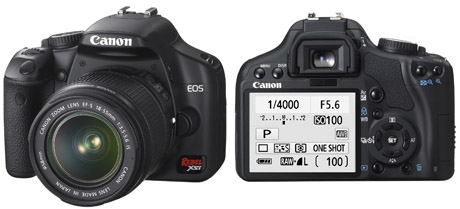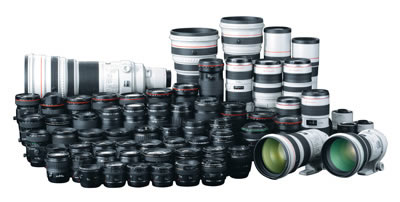Microsoft has released Pro Photo Tools – a set of tools for photographers to perform various tasks with their images—including RAW.
The current version of Pro Photo Tools allow you to add, change, and delete common metadata properties for digital photographs. You can place photos on the Live Earth map and then drag them to the right location. The GPS information will be stored back into the photos. If you have a GPS device, can load track route files from the most popular formats (NMEA, GPX, and KML) and see them on the map. Then you can place your photos on the track route. Again, the GPS info will be stored into your file. When you have the right GPS location for your photos, you can automatically generate location info like country, state, city and even street names. Or if you know the location where a picture was taken, you can type it in and get the GPS location information automatically.
Microsoft Pro Photo Tools
Microsoft Pro Photo Tools provides a set of tools for photographers to perform various tasks with their images—including RAW captures. The current version enables you to quickly geotag your photos, view and edit metadata, and more, leveraging the power of Windows and Microsoft Live Local.
Pro Photo Tools includes the following features:
Geotagging with flexibility
As geotagging gains popularity, photographers want to be able to quickly identify the location for their images. With Pro Photo Tools, you can gather location information from a variety of sources and apply it to the metadata in your images.
Determine location name automatically
With Pro Photo Tools, you can automatically apply the actual name of the location where a photo was taken based on the GPS coordinates. Instead of numbers, you’ll have the "real" names, and that information can then be saved in the metadata for your photos.
Determine GPS coordinates from location name
Just because you haven’t always had a GPS receiver doesn’t mean you can’t assign GPS coordinates to your photos. In fact, using the power of Microsoft Live Local you can determine the GPS coordinates where any photo was taken based on location name information in the image metadata. The GPS coordinates can then be added to the metadata for your photos and the photos plotted on a map.
Identify location on a map
For the maximum in flexibility when assigning a location to an image, you can navigate to the precise location where you took a given photo and tag the photo with that location information based on a specific position on the map.
View images on a map
As cool as it is to have GPS coordinate information connected to your images, to really get a sense of place with your photos, you need to view them on a map. Pro Photo Tools utilizes Windows Live Local to display your images on a map of the world, including the ability to view your images on a normal map or a satellite view of the world.
Edit image metadata
Metadata has become increasingly important to photographers as a way to manage and organize their images. Among the many things it enables is a rich capability to search for images. You can now update a wide range of metadata for your images using Pro Photo Tools, and that metadata gets stored in the actual image file, so wherever your photo goes, your data goes.
RAW support
By leveraging the Windows Imaging Components (WIC), we’re able to provide support for any RAW file format (in addition to TIFF and JPEG) for which a codec has been developed. And that includes most RAW file formats. Not only can you view your RAW images within Pro Photo Tools, you can also update metadata—including GPS coordinates—directly in the file. The updated metadata is stored within the RAW file, not in a cumbersome "sidecar" file.
For information on obtaining codecs for your RAW images or other file formats, visit Codecs for Windows
Extensibility
Pro Photo Tools was built with extensibility in mind. Rather than creating a one-off tool, we created a framework we can leverage for future tools. This will allow us to add additional functionality in future versions of Pro Photo Tools more efficiently. That means you’ll get more features sooner.
For more information on how to use Microsoft Pro Photo Tools, see the article Geotagging Goes Mainstream.
Downloads
Microsoft Pro Photo Tools
Additional information: Microsoft Pro Photo Home


